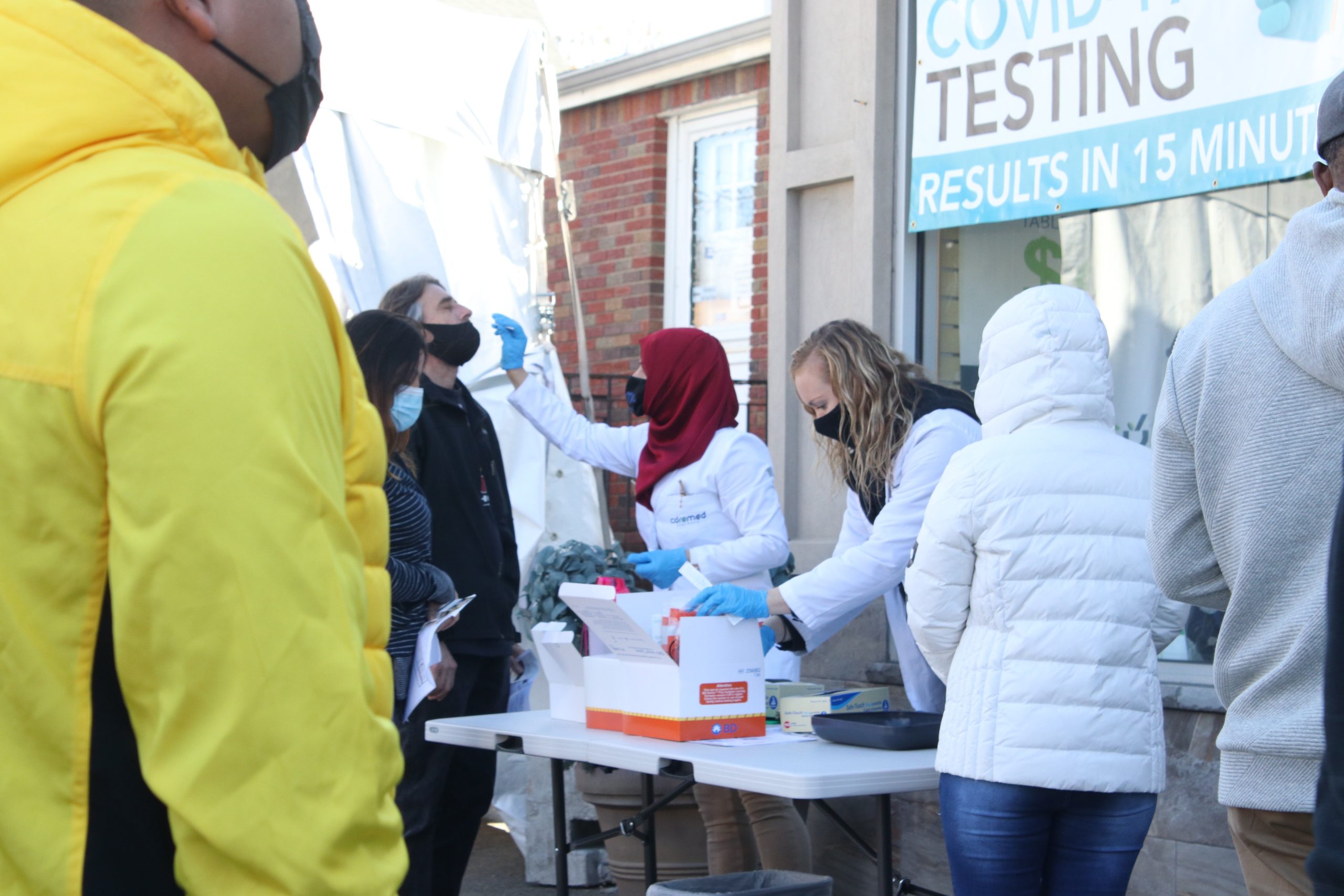Do standardized tests really measure the intelligence of students, or do they only reflect their socio-economic background? This is a question that has been haunting educators and advocates for educational equality over the years. While some argue that standardized testing is an effective way to ensure student learning, others believe it widens the gap between high-achieving students from privileged backgrounds and those who are not as fortunate. In this blog post, we explore the link between standardized testing and educational inequality in America – a crucial issue that impacts every student, educator, and parent in our country. So sit tight as we delve into this contentious topic with facts, figures, and analysis!
The History of Standardized Testing in America
The history of standardized testing in America can be traced back to the early 20th century. At that time, states began to require students to pass tests in order to graduate from high school. In the 1950s and 1960s, as the civil rights movement gained momentum, some states began using standardized tests as a way to track and compare the academic achievement of different groups of students.
In 1971, the federal government passed the Elementary and Secondary Education Act, which required all public schools to administer standardized tests. The law also created a system for distributing funding based on test scores. This helped to cement the role of standardized testing in American education.
Over the years, there has been much debate over whether or not standardized testing is an effective measure of student learning. Some argue that it is a necessary tool for holding schools accountable and ensuring that all students have access to a quality education. Others contend that standardized tests disproportionately advantage affluent students and contribute to educational inequality.
There is no easy answer to this question. However, one thing is clear: Standardized testing plays a significant role in American education, and its impact on students, teachers, and schools cannot be ignored.
How Standardized Testing Widens the Achievement Gap
There is a well-documented link between standardized testing and educational inequality in America. Studies have shown that standardized tests disproportionately favor white, affluent students, while putting low-income students and students of color at a disadvantage.
Standardized tests are often used as a high-stakes sorting mechanism, with the assumption being that the higher a student scores on a test, the more likely they are to succeed in school and in life. However, this assumption is based on a number of false premises. First, it assumes that all students have equal access to quality education and resources. But we know that there are large disparities in education funding across states and districts, with low-income schools typically receiving far less funding than wealthier schools. This means that low-income students often attend schools with outdated textbooks, overcrowded classrooms, and insufficient resources.
Second, the assumption that standardized test scores accurately measure student achievement ignores the fact that these tests are often culturally biased. They frequently contain questions that reflect the experiences of white middle-class students, while excluding the experiences of other groups of students. This bias puts low-income students and students of color at a disadvantage when taking these tests.
Finally, the use of standardized test scores as a high-stakes sorting mechanism perpetuates educational inequality by creating a self-fulfilling prophecy. Low-scoring students are likely to be placed in lower tracks or even held back a grade, while high-scoring students are more likely to be placed in advanced
The Impact of Standardized Testing on Teachers and Students
The debate over the role of standardized testing in American education is a long and contentious one. Supporters of standardized testing argue that it is a necessary evil, providing valuable data that can be used to improve teaching and learning. detractors assert that standardized tests are a leading cause of educational inequality in America.
There is no question that standardized tests have had a profound impact on teachers and students. For better or worse, these tests have come to dominate the landscape of American education. Teachers are under immense pressure to ensure their students perform well on these exams, often to the detriment of other important areas of instruction. Students, meanwhile, are feeling the stress of high-stakes testing more than ever before. They are being asked to do more with less time and resources, leading many to feel overwhelmed and underprepared.
The impact of standardized testing on teachers and students cannot be overstated. These tests have fundamentally changed the way education is delivered in America, for better or worse. As we continue to grapple with the issue of educational inequality in this country, it is important that we consider the role that standardized testing plays in exacerbating this problem.
Alternatives to Standardized Testing
There is no denying that standardized testing plays a significant role in educational inequality in America. But it is important to remember that there are alternatives to standardized testing that can help level the playing field for all students.
One such alternative is formative assessment. Formative assessment refers to ongoing assessments that are used to inform instruction and help students learn. This type of assessment is often more aligned with what students are actually learning in class, and as such, can be more effective at measuring student understanding.
Another alternative is portfolio assessment. Portfolio assessment asks students to compile a collection of their work over time, which can then be used to evaluate their progress and achievement. This type of assessment allows for a more holistic view of student learning, and can provide insight into areas where students may need additional support.
Both formative and portfolio assessment have been shown to be effective at reducing achievement gaps between different groups of students. So while standardized testing may continue to play a role in educational inequality in America, there are alternatives that can help mitigate its effects.
Conclusion
Standardized testing has been used in America for decades, and it’s become increasingly clear that this form of assessment is becoming a major factor in educational inequality. As we strive to create an equal playing field for students from all backgrounds, it’s essential to find alternatives to standardized tests that are more equitable and effective measures of student performance. We need to take meaningful steps towards addressing the root causes of educational inequality if we want our schools and communities to thrive now and into the future.




